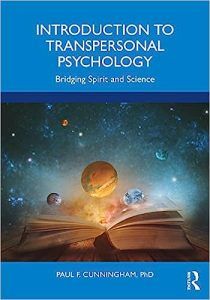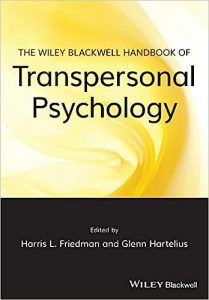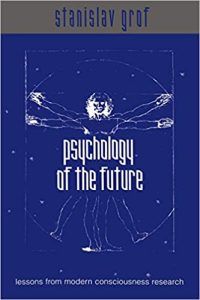5 Examples of Transpersonal Psychology
Transpersonal psychology has no defined conceptual framework but combines spiritual and holistic perspectives with a range of experiential techniques. Transpersonal psychotherapy positions the therapist as a facilitator of the client’s self-healing process. The transpersonal therapist uses a range of interventions to support a client’s attunement to their inner wisdom in support of their psychological healing and integration.
In this section, we will look at five examples of transpersonal psychology interventions before examining criticisms of the approach.
1. Social prescribing
Social prescribing is a growing trend in mental health care, community psychology, and psychotherapy. It involves referring individual clients or patients to a range of community resources that contribute to mental health, “in accordance with an ethno biopsychosocial human rights model for educating community psychologists and psychotherapists” (Law, 2022, p. 5).
Law (2022) argues that social prescribing that seeks to reconnect socially isolated, marginalized individuals with their ethnic, religious, and other social identities is transpersonal, in the sense that the client’s mental health needs are considered holistically in a context that includes their cultural background, environment, spiritual values, and community.
2. Psychedelic assisted psychotherapy (PAP)
Schenberg (2018) detailed developments in psychedelic-assisted psychotherapy that use psychoactive substances like ketamine, MDMA, ayahuasca, psilocybin, and LSD to induce non-ordinary states of consciousness (NSCs).
These approaches are used to assist in the holistic treatment of psychological injuries caused by trauma and adverse childhood experiences that are at the root of many mental health problems, such as addiction, chronic post-traumatic stress disorder, chronic anxiety, and treatment-resistant depression.
PAP was originally informed by the early research experiments of psychiatrists Stanislav Grof (1971) and Sidney Cohen (1972) into the therapeutic benefits of LSD.
Today, PAP is offered by a qualified practitioner in a set of stages, including preparatory psychotherapy, followed by therapeutic sessions using psychedelic substances, then integrative psychotherapy sessions after the psychedelic experience.
Advocates of these approaches argue that the experience of NSCs can result in a deeper sense of meaning that fosters greater resilience in the face of life challenges (Grof, 2013).
They also argue that PAP can help integrate previous adverse experiences into a wider, transpersonal frame of reference (Schenberg, 2018) that facilitates healing without years of dependence on medication or other services.
3. Buddhist psychotherapy
Simply put, Buddhist psychotherapy is offered from an explicitly Buddhist perspective that conceptualizes mental health in terms of a transpersonal Buddhist cosmology.
Examples include Core Process Psychotherapy, Other-Centered Therapy, and a wide range of mindfulness and compassion-based interventions with roots in the Buddhist philosophy of mind (Kabat-Zinn, 2013).
4. Soul midwifery and end-of-life care
Soul midwives are nonmedical holistic companions who assist clients and their families during the dying process using a range of interventions to alleviate suffering and ensure a peaceful death.
Interventions include using sacred oils in massage and aromatherapy, music therapy, prayer and meditation, and therapeutic touch. The soul midwife’s work is transpersonal because it involves working with a client’s spiritual beliefs and values during the dying process (Warner, 2013). It can also include psychopomp work to assist the soul to make a peaceful transition to the afterlife if the client requests it (Warner, 2013).
5. Expressive arts
Transpersonal therapists often use expressive arts to facilitate therapeutic attunement and assist a client’s alignment with an inner creative impulse using paint, clay, dance, photography, poetry, or music.
This inner creativity is often understood as the source of inner wisdom, God, or guidance from a higher self, which is accessed through what Jung called active imagination (Kossak, 2009).
Kossak (2009, p. 17) explains, “this tuning-in process can prove useful for new growth and change to occur.”
This is a tiny sample of many transpersonal psychology interventions available. Given that they are mostly experiential, this has posed problems with establishing their scientific legitimacy.


 There are many theoretical perspectives in transpersonal psychology. I have chosen four perspectives that are frequently referenced.
There are many theoretical perspectives in transpersonal psychology. I have chosen four perspectives that are frequently referenced.





